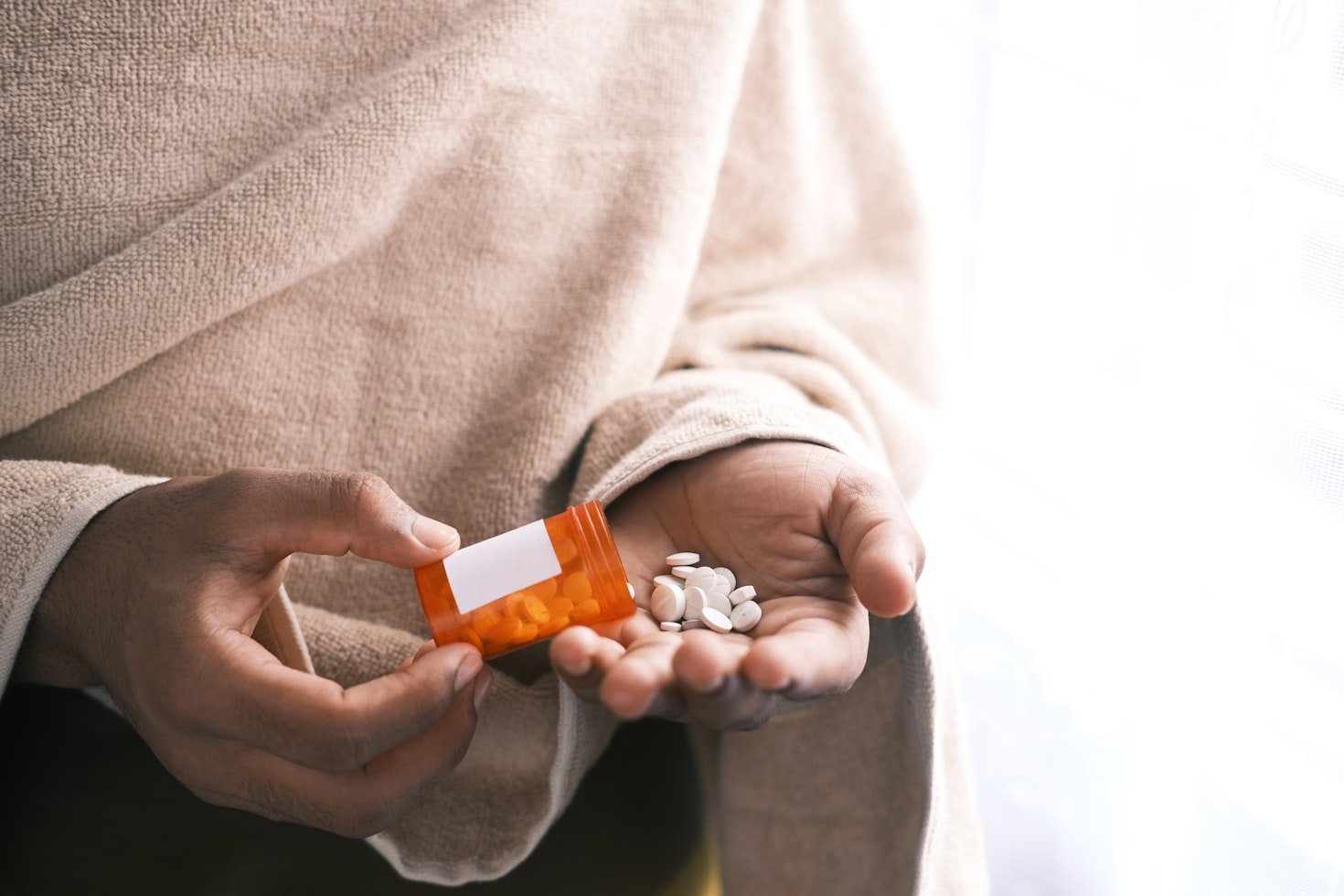Breaking free from opioids is just the beginning of a challenging journey. The sad truth is that opioid overdoses claim more than 1,500 lives each week, showing how widespread and serious this problem is. For those on the path to recovery, the battle continues long after putting down that last pill or needle.
This blog post looks at some major health hurdles that pop up as people work to rebuild their lives. It’s not an easy road—the body and mind have a lot of healing to do. But understanding these challenges is the first step in overcoming them.
We’ll explore how opioids leave their mark, from messing with pain signals to throwing off the gut. It’s tough stuff, but knowing what to expect can make all the difference. There’s hope in recovery, and we’re here to shed some light on the journey ahead.
Battling the Body’s Rebellion
When you first kick opioids to the curb, your body throws a bit of a tantrum. It’s been used to these drugs, and suddenly they’re gone. This sets off a whole chain reaction in your system.
According to MedlinePlus, your muscles might feel like you’ve run a marathon, and your stomach. Well, it’s not going to be happy for a while. Even catching some Z’s becomes a challenge—you might toss and turn all night and still feel wiped out during the day.
How rough this ride gets depends on your history with opioids—what kind you were taking and for how long. It’s a tough hill to climb, especially in those first few weeks.
Pharmacological Interventions in Recovery
Medication-assisted treatment (MAT) has emerged as a pivotal component in opioid dependence management. This approach integrates pharmacotherapy with individualized behavioral interventions.
Suboxone, a combination of buprenorphine and naloxone, is frequently utilized in MAT protocols. This formulation’s mechanism of action involves modulation of mu-opioid receptor activity and antagonism of exogenous opioids.
These pharmacodynamic effects mitigate withdrawal effects and attenuate cravings. This facilitates patient engagement in psychotherapeutic interventions.
Suboxone—Its Therapeutic Efficacy and Adverse Effects
While initially marketed as a safe pharmacological intervention, Suboxone has been associated with significant adverse effects. TorHoerman Law reports a correlation between Suboxone use and severe dental pathologies. These complications include extensive dental caries, tooth loss, and the necessity of endodontic procedures.
This emerging evidence has precipitated legal action against the pharmaceutical manufacturers. The Suboxone lawsuit alleges deliberate concealment of potential risks associated with the medication.
Imagine the state of intense pain of a recovering patient managing opioid withdrawal symptoms with the emergence of severe dental complications. This underscores the multifaceted challenges of addiction recovery.
It is crucial to note that physiological dependence on opioids does not resolve at once. Persistent cravings, a hallmark of the addictive process, often persist during the initial recovery phase, further complicating patient management.
Comorbid Mental Conditions in Opioid Recovery
Substance use disorders frequently co-occur with pre-existing psychiatric conditions. Mood disorders, anxiety spectrum disorders, and post-traumatic stress disorder often predate or develop concurrently with opioid dependence.
These comorbidities may serve as etiological factors in the initiation of opioid use as a maladaptive coping mechanism.
During the recovery process, the cessation of opioid use can unmask these underlying mental conditions, exacerbating the risk of relapse or intensifying cravings.
The neurobiological effects of opioid withdrawal impact the mesolimbic reward system, leading to dysregulation of neurotransmitter homeostasis.
This neurochemical imbalance can manifest as severe anxiety and psychomotor agitation, characterized by restlessness, irritability, and heightened arousal states.
Circadian rhythm disturbances are also common, resulting in insomnia and, in severe cases, perceptual disturbances such as hallucinations. The consequent sleep deprivation further compounds pre-existing mental symptoms.
A particularly challenging aspect of recovery is anhedonia, defined as the reduced capacity to experience pleasure. The Cleveland Clinic reports that this condition can significantly impair motivation and diminish the rewarding nature of previously enjoyable activities.
This state poses a substantial obstacle to maintaining long-term recovery and engagement in therapeutic interventions.
Neonatal Withdrawal Syndrome
Maternal opioid dependence during pregnancy can result in a complex neonatal withdrawal syndrome postpartum. This condition, clinically termed neonatal abstinence syndrome (NAS), is a consequence of in-utero opioid exposure and subsequent abrupt discontinuation at birth.
NAS manifests as a constellation of neurological, gastrointestinal, and autonomic dysfunctions in the neonate. Symptomatology may include tremors, increased irritability, and sleep disturbances.
Feeding difficulties, such as excessive non-nutritive sucking and emesis, are frequently observed. Gastrointestinal symptoms range from diarrhea to constipation. Autonomic instability presents as diaphoresis, pyrexia, and tachypnea.
In severe cases, nutritional deficits, dehydration, and even seizures may occur.
The severity of NAS correlates with maternal opioid use patterns and may necessitate specialized neonatal care. Symptom onset typically occurs within 24-72 hours postpartum, with peak intensity observed between days 3-5.
Resolution of symptoms generally occurs over a 1-2 week period, though individual cases may vary.
This syndrome underscores the intergenerational impact of opioid dependence. It highlights the need for comprehensive maternal care and neonatal support strategies to address the opioid crisis.
FAQs
1. What are the main challenges in early opioid recovery?
Early recovery often involves battling physical withdrawal symptoms, managing cravings, and addressing underlying mental health issues. Patients may experience muscle aches, sleep disturbances, and gastrointestinal problems. Additionally, they must navigate the resurfacing of pre-existing psychiatric conditions and potential side effects from medication-assisted treatments.
2. How does Suboxone work in opioid addiction treatment?
Suboxone, containing buprenorphine and naloxone, works by modulating mu-opioid receptor activity and blocking the effects of other opioids. It helps reduce withdrawal symptoms and cravings, making it easier for patients to engage in therapy. However, it’s important to be aware of potential side effects, including dental issues.
3. What is Neonatal Abstinence Syndrome (NAS)?
NAS occurs in newborns exposed to opioids in utero. Symptoms typically appear within 24-72 hours after birth and may include tremors, irritability, feeding difficulties, and autonomic instability. The severity varies based on maternal opioid use and may require specialized neonatal care for 1-2 weeks.
The journey through opioid recovery is a testament to human resilience. While the path is fraught with physical and mental challenges, it also offers opportunities for profound personal growth and societal change.
We must address the multifaceted nature of addiction, from individual health to intergenerational impacts. Only then can we forge a more compassionate and effective approach to healing and support.



